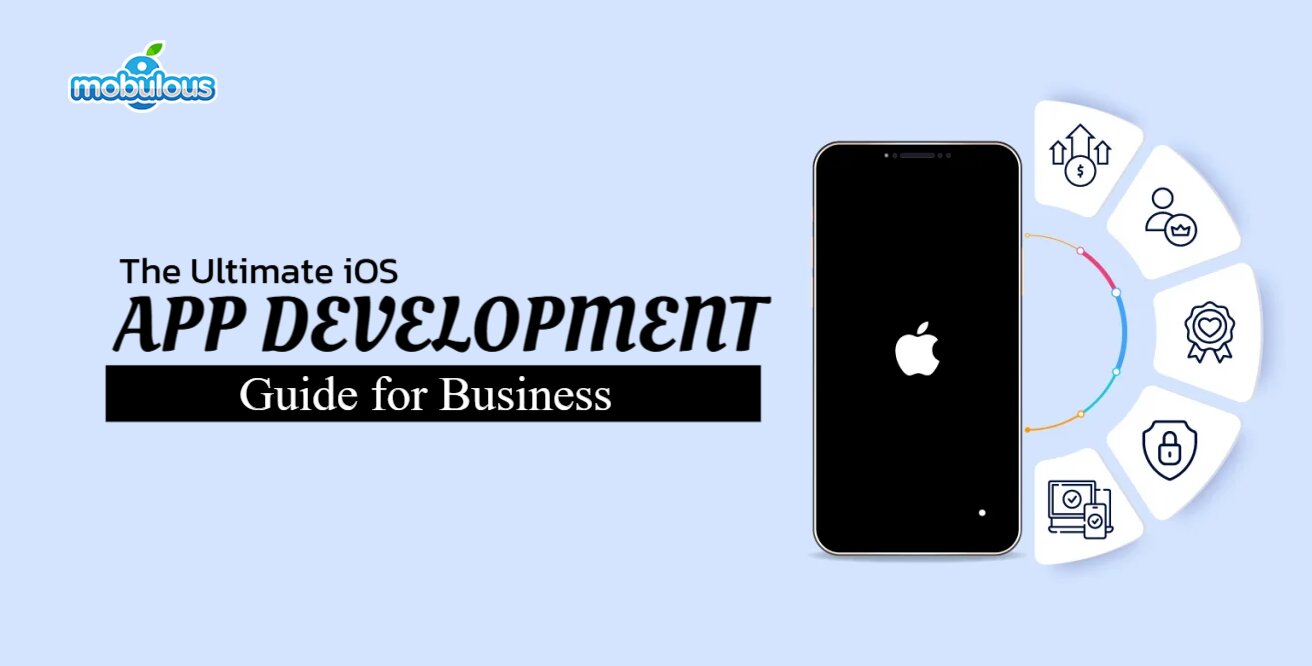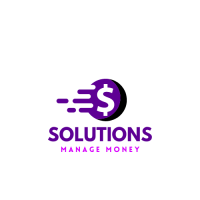The Ultimate iOS App Development Guide for Business

Creating an iOS app for your business can open new channels to reach customers, boost engagement, and enhance brand loyalty. This guide provides everything you need to know, from the basics of app development to advanced strategies for maximizing your app’s potential.
1. Understanding the Importance of iOS App Development for Business
Why Choose iOS for Your Business App?
Apple’s iOS ecosystem offers businesses access to a large user base with high engagement rates and spending potential. iOS users are typically known to spend more on apps and have higher brand loyalty, making the platform ideal for businesses aiming for a dedicated user base.
Key Benefits of an iOS Business App
An iOS app can enhance customer engagement, boost brand visibility, and offer seamless interaction with users. It also opens doors for in-app purchases, creating revenue streams that can be particularly valuable for e-commerce, subscription-based, and service-oriented businesses.
2. Getting Started with iOS App Development
Planning and Research
Begin by defining your app’s purpose, target audience, and key features. Researching competitors and understanding your audience’s preferences will help shape the app’s functionality and design.
Choosing the Right Development Approach
There are three main ways to develop an iOS app:
- Native Development: Apps built in Swift or Objective-C are highly optimized and can leverage the full range of iOS capabilities, but they may require a larger budget and development time.
- Cross-Platform Development: Tools like Flutter and React Native allow developers to create apps for both iOS and Android from a single codebase, saving time and cost.
- No-Code Platforms: For businesses with limited resources, no-code platforms like Adalo or AppGyver can enable a quick launch, though with limited customization and scalability.
3. Essential Tools and Technologies
Xcode and Swift
Xcode, Apple’s integrated development environment (IDE), is essential for iOS development. Swift, Apple’s programming language, is optimized for speed and ease of use, offering developers the best of both worlds for creating smooth, efficient apps.
User Interface (UI) and User Experience (UX) Design
A visually appealing and intuitive design is key to a successful app. Apple’s Human Interface Guidelines offer best practices for designing interfaces that align with iOS standards, providing a seamless experience across devices.
Testing and Debugging Tools
Testing is critical to ensure your app functions smoothly and is free of bugs. Tools like XCTest for unit testing, and third-party platforms like Firebase and TestFlight, help developers conduct thorough testing before an app goes live.
4. Developing Key Features for Business Apps
Push Notifications
Push notifications keep users engaged by sending timely updates, reminders, and promotions directly to their devices. Personalized notifications can drive higher engagement and conversions.
In-App Purchases and Subscriptions
Integrate in-app purchases and subscriptions to create new revenue streams. Apple’s StoreKit framework simplifies adding these features, allowing you to provide users with paid content or premium features.
Integration with Apple Pay
Apple Pay offers a secure, fast, and convenient way for users to make payments within your app. It’s particularly beneficial for e-commerce and service-oriented businesses looking to streamline their checkout process.
5. Launching and Marketing Your App
Preparing for App Store Submission
Before submitting your app, ensure it meets all Apple guidelines and has been thoroughly tested. Your app’s metadata, screenshots, and promotional text should be optimized to attract users and clearly convey its value.
App Store Optimization (ASO)
Optimize your app’s title, keywords, and description to improve its visibility in the App Store. ASO is similar to SEO, focusing on enhancing your app’s discoverability to reach a broader audience.
Marketing Your App
Marketing strategies like social media campaigns, influencer partnerships, and email marketing can help you reach potential users. Offering an introductory discount or a free trial can encourage more users to try your app initially.
6. Analyzing and Updating Your App
Tracking User Engagement
Use analytics tools like Firebase Analytics and Mixpanel to monitor user behavior, track key metrics, and identify areas for improvement. Understanding how users interact with your app helps refine features and enhance user satisfaction.
Regular Updates and Improvements
Apple’s regular iOS updates mean new features, security enhancements, and design changes. Regularly updating your app ensures it remains compatible with the latest iOS versions and stays relevant to users’ expectations.
7. Ensuring App Security and Compliance
Data Privacy and Compliance
Ensure your app complies with Apple’s privacy policies and data protection laws, such as GDPR. Apple’s App Privacy Details feature requires developers to disclose how user data is collected and used, which is crucial for transparency and trust.
Implementing Security Best Practices
Security measures like secure data storage, encryption, and secure authentication help protect your users’ data and your app’s reputation. Incorporate Apple’s security frameworks and follow best practices to safeguard against data breaches and cyber threats.
8. Scaling Your App for Growth
Adding New Features
As your app grows, consider adding features that cater to user feedback and market trends. Scaling your app with regular feature updates helps retain users and attract new ones.
Expanding to New Markets
If your iOS app sees success, consider expanding to additional platforms or localizing it for international markets. This can help you reach a larger audience and grow your business globally.
Conclusion
Creating an iOS app for your business is a powerful way to connect with users, boost brand loyalty, and unlock new revenue streams. From planning and development to marketing and updates, following this guide can help you create a successful iOS app that resonates with your audience and achieves your business goals.
Embrace the power of iOS app development to transform your business in a rapidly evolving digital landscape!







